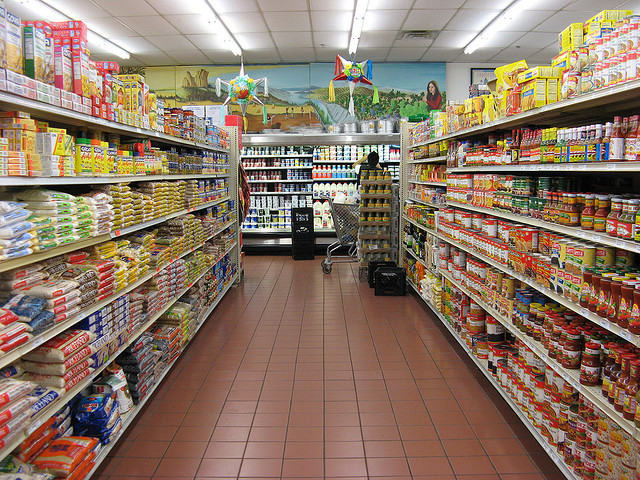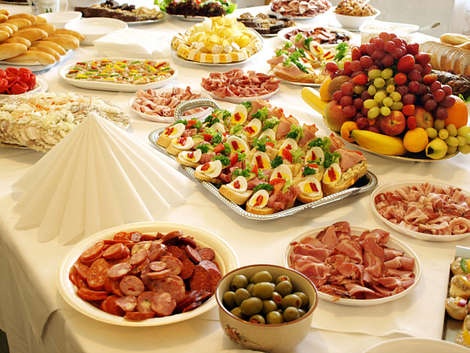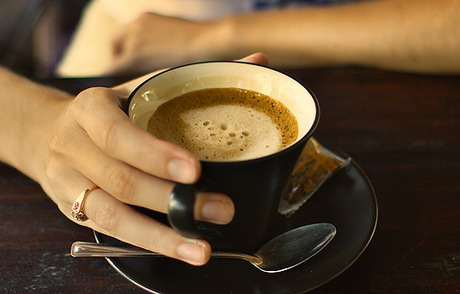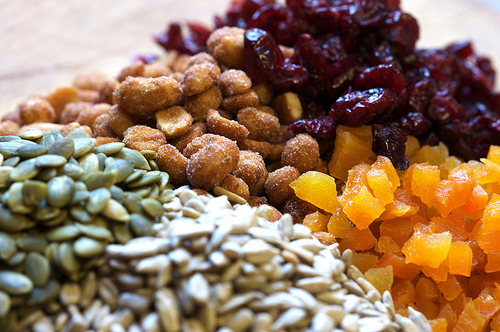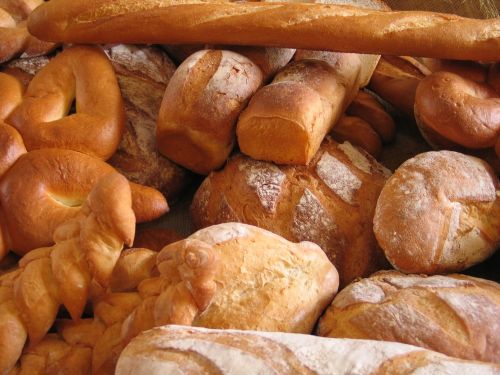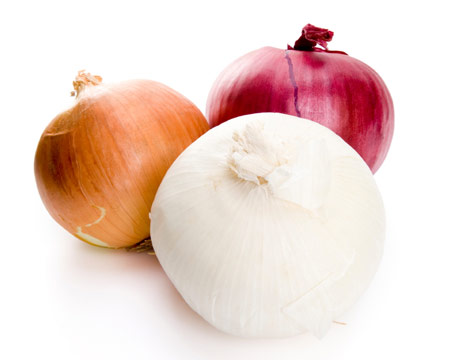Migraines are recurring, vascular headaches that can be triggered even with the intake of a food item. In most cases, the headache begins 20 to 25 minutes after the consumption of the food. It begins with a pressure in the face, and sometimes a pressure and burning sensation in the chest, followed by dizziness. The headaches usually occur at the front or on the sides of the head. While some patients are nauseated due to the dizziness caused by this headache, some others get relief with a simple medication like paracetamol.
It is important to detail the effects of every food item that could result in a migraine discomfort or pain. Doing this will help you narrow down the list of foods suiting your health and this will help you develop the habit of eating only those foods that have proven harmless to you.
Discussed below are foods that must be avoided by individuals with a migraine history.
Alcohol
Alcohol can trigger two types of headaches in migraine patients. It could be either an attack that occurs within a few hours of alcohol consumption or a headache that happens late as a result of the hangover. Red wine is considered the worst of all in triggering migraine attacks. Those migraineurs with a wine sensitivity will develop a headache 30 minutes to 3 hours after wine consumption. The possible trigger components present in alcohol are found to be flavonoid phenols, histamine, tyramine, sulphites and phenylethylamine. It is found that any alcohol can trigger a headache in those with migraine and that the headache can be developed even with modest amounts of alcohol.
Foods with preservatives
Migraine headaches are also connected with the consumption of foods with preservatives. If found that a certain food or preservative containing food has triggered migraine, it is wise to stop consuming the specific food item. A few such preservatives that can trigger migraine headaches are nitrates, benzoic acid and sulfites. Processed meats and certain fruits and vegetables in salad bars contain nitrates. The presence of nitrate is more in fruits and vegetables due to the use of fertilizers. Sulfites are present in red wine and a lot of dried fruits. Sulfites are also present in fruits and veggies kept at salad bars, as it keeps them fresh. Benzoic acid is commonly used in beverages, pickles, candies, etc and such foods must be avoided by those with migraine. Moreover, cured meats like sausages and hot dogs contain nitrates and nitrites that can trigger migraine headaches. These preservatives constrict the blood vessels, thereby causing headache. Preservatives like monosodium glutamate or MSG are contained in fried foods like potato chips to enhance their flavor. Before consuming such foods, ensure that the label says “No MSG”. Canned beans, figs, etc are also not ideal.
Foods containing tyramine
Tyramine is an amino acid and is said to be the most notorious of all the migraine triggers. It is found to occur naturally in red wine, olives, cheese, etc. The level of tyramine increases with the age of the food and therefore those with migraine must refrain from eating old cheese, olives and other such foods containing tyramine. Blue cheese, mozzarella, Swizz cheese, etc. are found to have a lot of tyramine. Foods like smoked or dried fish also contain tyramine and hence these should be avoided or limited by migraine sufferers. Chicken liver is also found to contain tyramine and is not suitable for migraine sufferers.
Caffeinated beverages
Caffeine is found to be both beneficial and harmful to migraine sufferers. The analgesic properties and vasoconstrictive action of caffeine helps in relieving headaches. However, over consumption of caffeinated drinks are found to create rebound headaches in migraine sufferers. Up to four caffeinated drinks per day is a permitted level with less chances of developing rebound headaches. A few symptoms of caffeine induced migraine are nausea, rebound headache, fatigue and anxiety. Seeing any such symptoms trouble you, it is wise to stop consuming caffeinated beverages or medications that contain caffeine.
Certain fruits and dried fruits
Overripe fruits like overripe bananas, papaya, etc. are exceptionally sweet and hence do not suit those having migraine. Similar is the case with citrus fruits and juices, and canned fruits stored in sweet syrups. Dried fruits contain a preservative called sulfite normally used to preserve it in the dried form for many days. As discussed before, sulfites trigger migraine headaches and as dried fruits contain a lot of it, migraine sufferers must refrain from consuming dried and overly ripe fruits.
Cold beverages and foods
Frozen drinks and foods are not ideal for a migraine sufferer. When the body is overheated, those with migraine must not take frozen drinks, icecream or consume frozen food products like sausages that can transform the rush of cold to a headache immediately after the food consumption. However, there is no harm, if you consume the food by taking small bites or sipping on the drink giving time to warm up before you swallow.
Baked breads and cakes
The baked breads commonly found in bakeries are made with malted barley flour which is a migraine-provoking food ingredient. Malted barley flour contains tannins, which triggers migraine. Under-baked breads and cakes are also immediate in triggering migraine attacks, as the yeast in the food is not completely risen.
Onion and garlic
Onion and garlic are equally not suitable for migraine sufferers. Garlic is a culprit if consumed in the raw form. These herbs expand the blood vessels when consumed, and if there is a nerve close to the blood vessel, it gets pressurized further causing the pain associated with migraine. It is wise to keep away from foods rich in garlic and onions, or to substitute alternatives to these herbs in your foods, which can provide the same health benefits and aroma.
Chocolates
Chocolates are a good source of causing migraine triggers. The chemicals, caffeine, phenylethylamine and theobromine contained in chocolates dilate the blood vessels, which further alter the cerebral blood flow thereby causing migraine. The amount of chocolate consumption can be reduced and you could experiment by munching small amounts of chocolate to see how much is tolerable. If you find that even a small amount triggers the pain, there is no other solution than refraining from eating chocolates.





